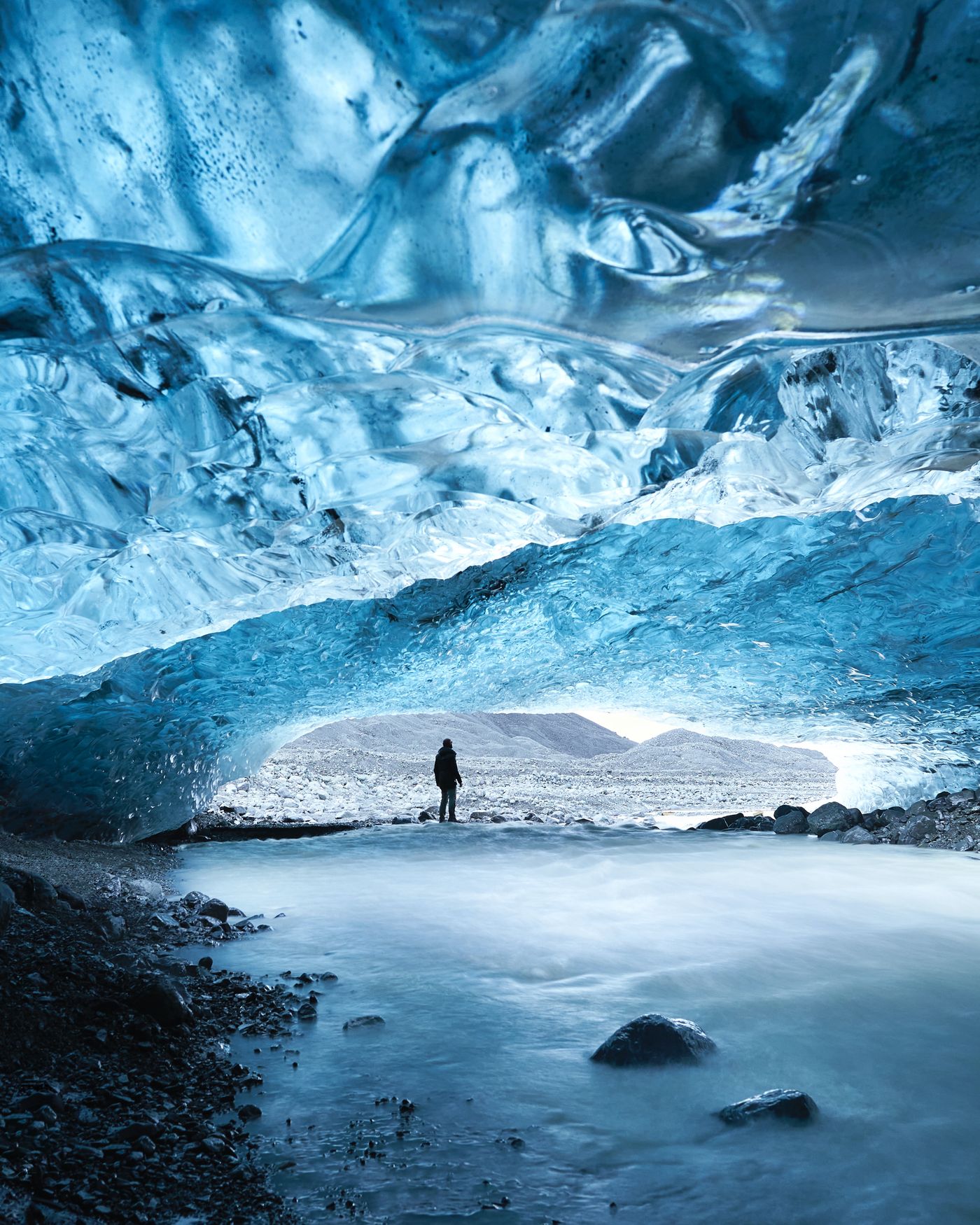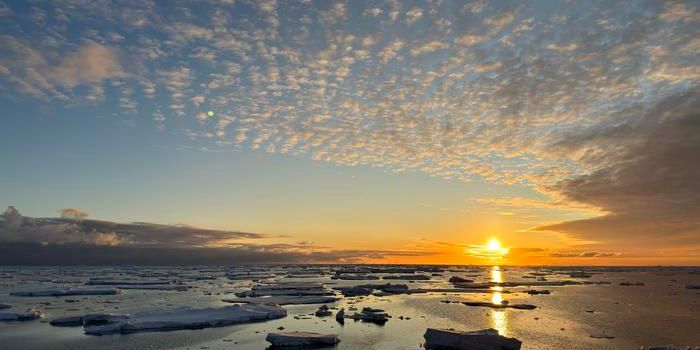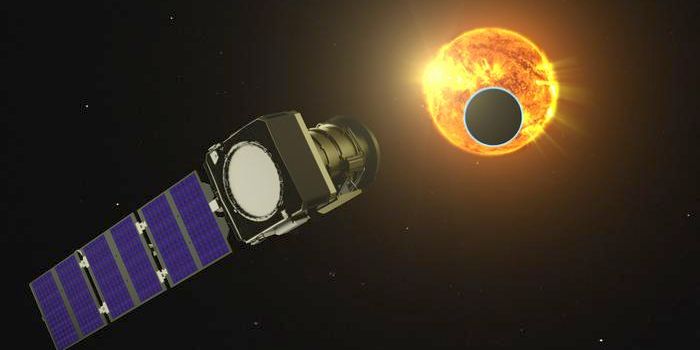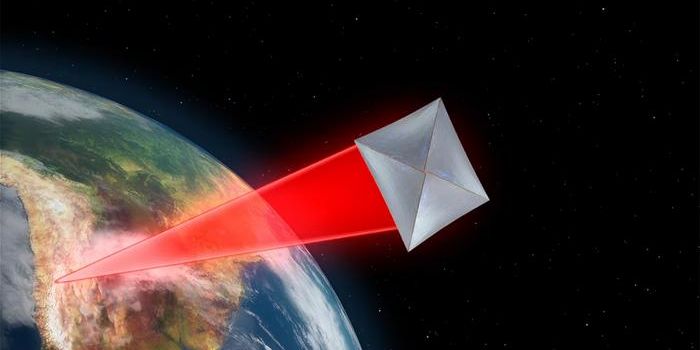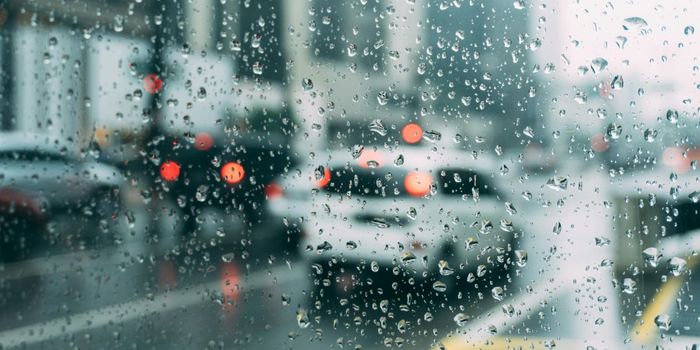The Doomsday Glacier
What if suddenly you opened your phone to see the news that New York and Miami were gone seamlessly overnight? Unfortunately, that is the reality we currently face if the Doomsday Glacier, AKA the Thwaites Glacier in Antarctica, collapses into the ocean. We all know the world is warming, and we are beginning to see the changes of this effect to our world in real time. From water shortages and wildfires on the west coast of the United States, to crop killing heatwaves in India, the effects of climate change are starting to make themselves more and more readily apparent with each passing day.
We have all watched videos and read articles depicting king tide events in Miami and Venice, but what if we could see over 5-10 meters of sea level rise in one year? This is a conservative estimate proposed by scientists on the destructive potential posed by the pending collapse of the doomsday glacier in Antarctica.
Also known as the Thwaites Glacier, named in 1967, the doomsday glacier is one of the largest glaciers on earth located on the West Antarctic Ice Sheet (WAIS) adjacent to Mount Murphey in Antarctica. It was named after its discoverer Fredrik T. Thwaites, a Geomorphologist and Professor Emeritus at the University of Wisconsin. The glacier measures about 80 miles (120km) wide, or roughly the size of the US state of Florida, ironically, this is one of the areas set to be most impacted by the impending destruction of this glacier.
The Thwaites Glacier is not the only glacier on the West Antarctic Ice Sheet, it is joined by the Pine Island Glacier. The West Antarctic Ice Sheet houses some severely deteriorating structural flaws that are being exacerbated by warming ocean temperatures. Essentially, ocean currents underneath the glacier are acting with the ice to create a natural “pumping” action, spewing more and more water into the growing cavities underneath the Pine Island and Thwaites Glaciers. While still at freezing temperatures, this ocean water activity rapidly melts the weakest part of the glaciers. The more the ice sheet is weakened in the middle by increasing water pressure, the faster it will break off from the ice sheet resulting in worldwide impacts. This ice water is basically cutting a crack through the entire West Antarctica Ice Sheet.
Scientists have given us reports, noting that not only is the glacier losing mass, but it is expected to collapse into the ocean within the next decade, maybe even the next 3-5 years. Think about that, is it any surprise that insurance companies are cutting service for South Florida residents now? What can we, and our government bodies, be doing to prepare for this unavoidable outcome?
As a result of some of the effects of climate change we have already endured, the world is already seeing an immigration and housing crisis shortage. How much more is this global catastrophe going to exacerbate these issues when you have entire countries and major cities inundated? What would losing the Florida coasts and a large part of the Eastern Seaboard do to the US economy and housing crisis?
How would this event affect human rights around the globe? Of course, like any other calamity we face in the modern world, the poorest countries inhabited by people of color will face the greatest risk proposed by this scenario. How would the destruction of multiple major shipping ports around the globe do to affect supply changes? How would this sea level rise affect struggling ecosystems like the Everglades? What kind of affect would the inundation of major cities and manufacturing areas have on ocean pollution?
Sources: Science News for Students, Thwaites Glacier: The International Thwaites Glacier Collaboration, Geology, The Cryosphere, Geophysical Research Letters, Nature Geoscience, ABC Action News
